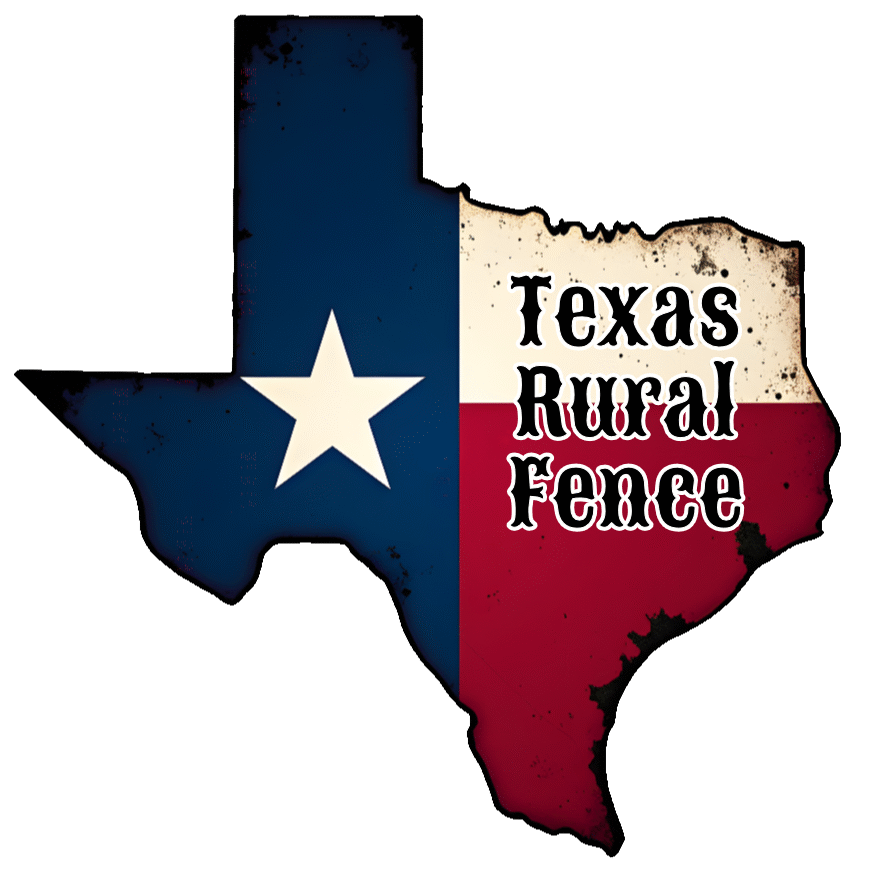Winter Fence Installation
Winter Fence Installation: Benefits and Considerations
As winter settles in across Texas, many property owners might assume that fence construction should be postponed until warmer months. However, installing a fence during the winter season offers several advantages worth considering.
Advantages of Winter Fence Installation:
Flexible Scheduling and Reduced Wait Times: Winter is typically a slower season for fence installations. This means you can expect shorter wait times and more flexible scheduling from contractors.
Potential Cost Savings: Fencing contractors, like most construction businesses, get busier in the spring and summer. To keep their best workers on the payroll and busy during the slower months, fencing contractors will often offer discounts or upgrades at no extra cost if you hire them during the winter months.
Preservation of Landscaping: Working during the winter when much of your landscape has gone dormant is less damaging to your plants. If you have bushes or roses near where you plan to install the fence, you can trim them back or even relocate them while they’re slumbering. Grass and perennials will also be safer during the winter months.
Considerations for Winter Fence Construction:
Ground Conditions: In regions where the ground freezes deeply, digging post holes can be challenging. However, in many parts of Texas, the ground doesn’t freeze to prohibitive depths, allowing for excavation and installation even during colder months.
Material Selection: Certain materials may react differently to cold temperatures. For instance, vinyl can become brittle in extreme cold, while treated wood and metal often remain resilient. Consult with your contractor to choose materials best suited for winter installation.
Weather Considerations: While Texas winters are generally milder, unexpected weather events can occur. It’s essential to monitor forecasts and plan installations during periods of stable weather to ensure safety and quality workmanship.
Maintenance Tips for Existing Fences During Winter:
If you’re not planning a new installation but want to maintain your current fence, consider the following tips:
Regular Inspections: Before winter arrives, take the time to thoroughly inspect your fence for any signs of damage or wear. Look for loose boards, cracks, rusted hardware, or any other issues that require attention. Repairing these problems promptly will prevent them from worsening during colder months.
Snow and Ice Removal: Accumulated snow can strain even the sturdiest fences. Heavy snow buildup can exert pressure on your fence, leading to bending or even collapse, especially for weaker sections. Use a snow shovel or a soft-bristled broom to gently remove snow from your fence. Avoid using metal shovels or sharp tools, as they can scratch or damage the surface of your fence. Additionally, be cautious when clearing ice to prevent accidental damage to the fence material.
Protective Coatings: Consider applying a protective coating to your fence to safeguard it from winter elements. Depending on the type of fence material, you may need a specific coating. For example, wooden fences can benefit from a weatherproof sealant, while metal fences may require rust-resistant paint. Consult a professional or read the manufacturer’s guidelines for the appropriate coating for your fence type.
Conclusion:
Winter doesn’t have to halt your fencing projects. With the right considerations and professional guidance, installing a fence during the colder months can be both practical and beneficial. Whether you’re looking to enhance security, privacy, or aesthetics, don’t let the season deter you from achieving your property’s fencing needs.
